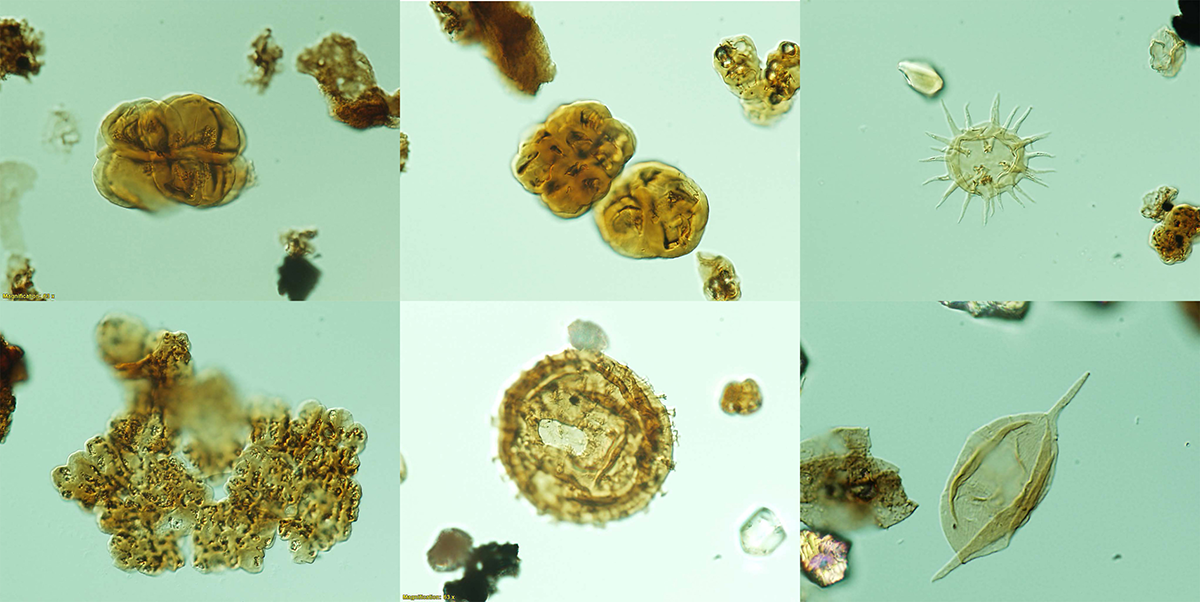Microfossils derived from the earliest land plants and extinct marine groups have been recovered from 42 samples taken from the Barnicarndy 1 well, drilled in partnership with the Geological Survey of Western Australia in the onshore Canning Basin in Western Australia.
The fossils were found as part of Geoscience Australia's Exploring for the Future program work in the Barnicarndy Graben, which aimed to understand the history of the sedimentary fill and hydrocarbon prospectivity of the underexplored southern Canning Basin.
Geoscience Australia's Branch Head of Basin Systems David Robinson said the study uncovered evidence of some of the Earth's oldest land plants.
"The team set out to find and compare microfossils in the Barnicarndy 1 well to better understand the resource potential of the area," Dr Robinson said.
"Incredibly, the microfossils we found are estimated to be about 482 million years old. The fossils include extinct micro-organisms such as acritarchs, probable cyanobacteria and cryptospores.
"Of importance is the identification of cryptospores, the fossilised remains of early land plants which document the emergence of plants onto wetlands in the Early Ordovician Period (about 475 to 482 million years ago). These land plant spores are the oldest we've found in Australia and mark the initial colonisation of the Earth's land surface by plants.
"Some of the microfossils found in the study are unknown and could be new species. A detailed systematic study of all fossil groups will need to be undertaken to learn more."
Geoscience Australia Organic Geochemist, Dianne Edwards, says if the microfossils are present elsewhere in the basin it could increase the area's petroleum potential.
"Gloeocapsomorpha prisca is an important organism that contributes to the hydrocarbon potential of Paleozoic marine source rocks globally.
"If G. prisca is found elsewhere in the basin in great abundance this will increase the petroleum prospectivity of the older sedimentary section."
The Reconnaissance study of organic-walled microfossils from Barnicarndy 1 was undertaken as part of Exploring for the Future work in the southern Canning Basin.
Geoscience Australia's Exploring for the Future program has already mapped aspects of geology over 3 million square kilometres across Australia, and is delivering an improved understanding of mineral, energy and groundwater resources for the benefit of all Australians.
This study complements A fossil record of land plant origins from charophyte algae in the journal Science.







